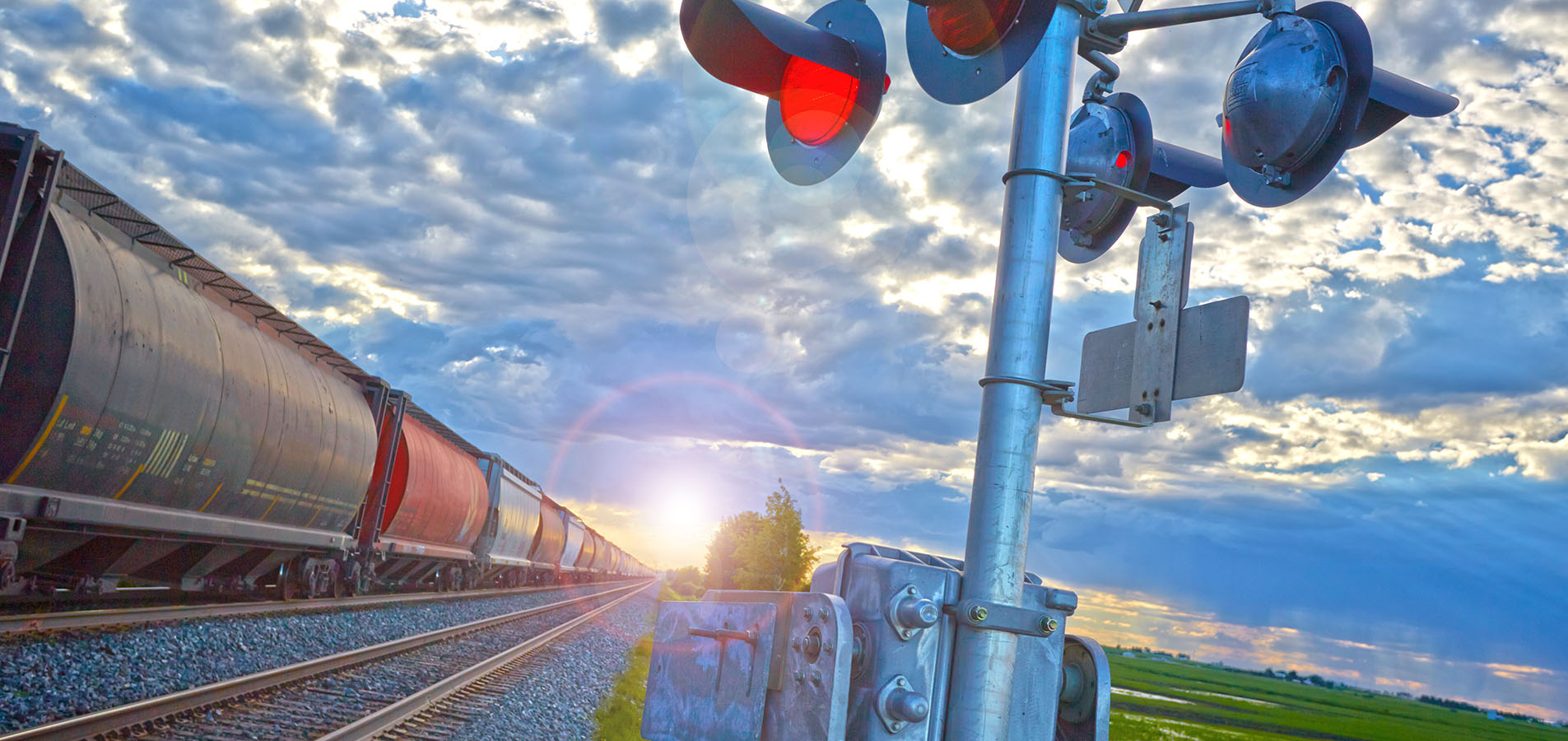Highway-Rail Grade Crossing and Trespassing Research

The Safety Management Teams (SMTs) serve as the Office of Railroad Safety’s main liaison with the senior leadership of the Nation's railroads. Each of the nine SMTs is assigned to either a Class I railroad or a group of railroads and provides safety oversight of the respective railroad system(s...
This study describes in general terms the present status of grade crossing inventories, improvement programs and other significant considerations. It identifies available information with respect to the cost of accidents and motor vehicle operations, as well as the preparation of estimates of...
The constraints on innovative grade crossing protective systems are delineated and guidelines for development indicated. Inventory data has been arranged to permit an estimate of the classes of systems needed, the allowable costs, and contribution of various types of crossings to accidents. Many...
A field demonstration study in support of the evaluation of alternative railway-highway grade crossing accident countermeasures was conducted. Guidelines were provided for the development of countermeasure concepts, the selection of candidate countermeasures, countermeasures evaluation methods,...
This report is a preliminary examination of special aspects of grade crossing protection for operation of high-speed passenger trains in rail corridors for which complete grade separation is not possible. Overall system needs and constraints are indicated, and their implications examined....
The report describes a study of the most effective and practical means of enhancing the conspicuity of the trailing end of trains, in order to reduce the possibility of train--train collisions. There are five elements: (a) Definition of a usable number of categories of target, background, and...
This report summarizes a comprehensive study of potential means of reducing the probability of train-motor vehicle collisions at railroad-highway grade crossings through enhancement of the visual conspicuity of locomotives. Passive techniques are reviewed, and requirements and constraints upon...